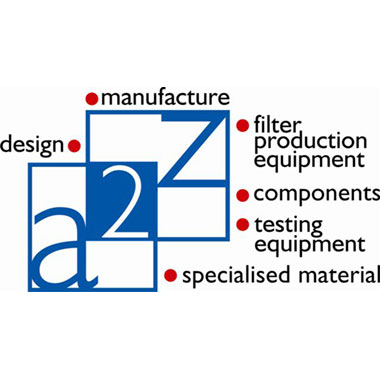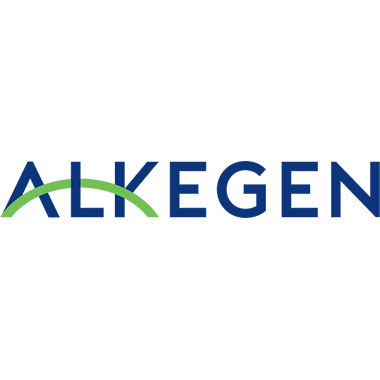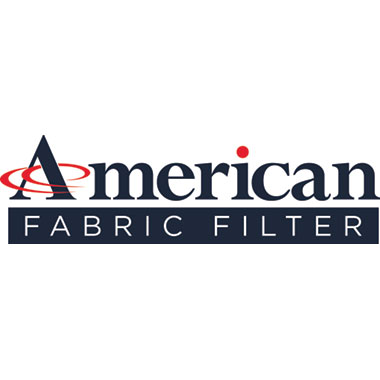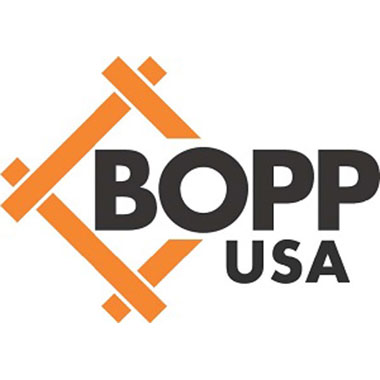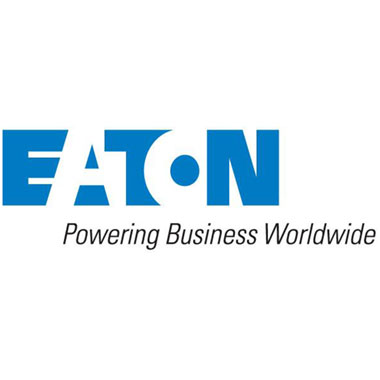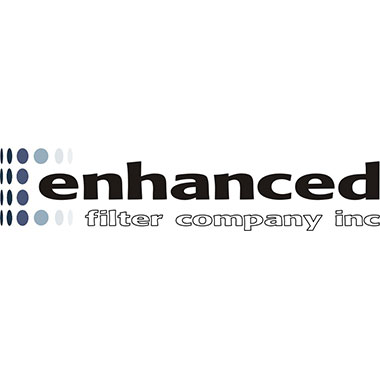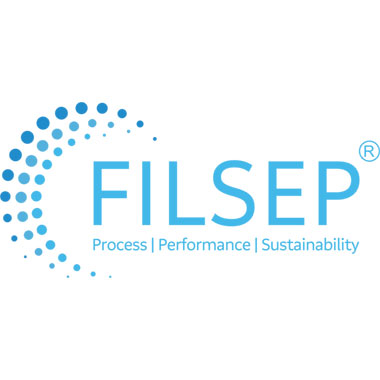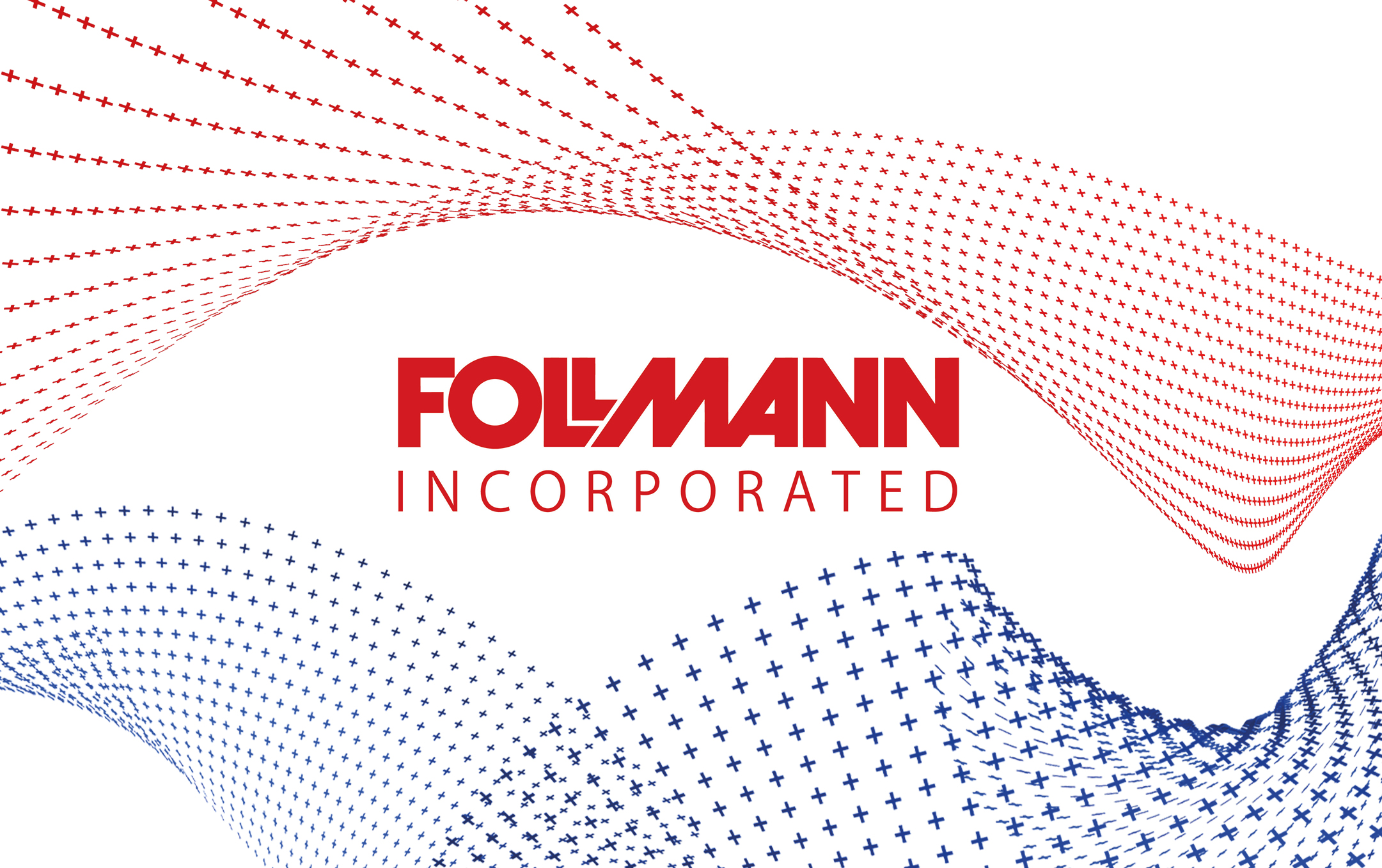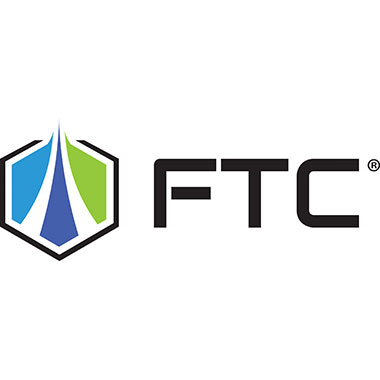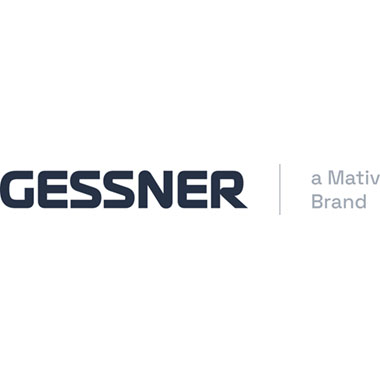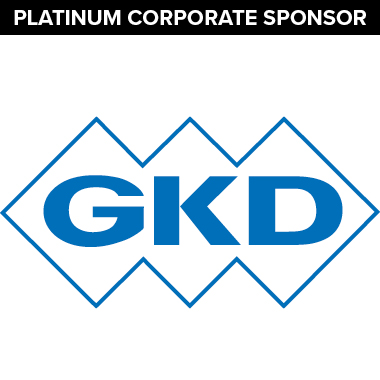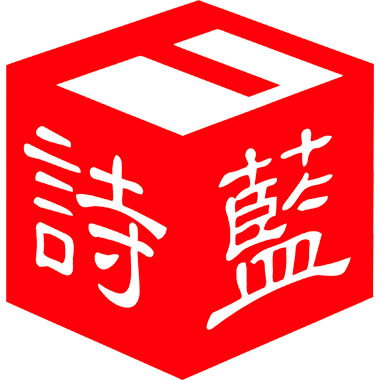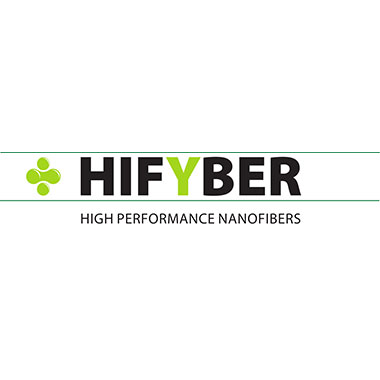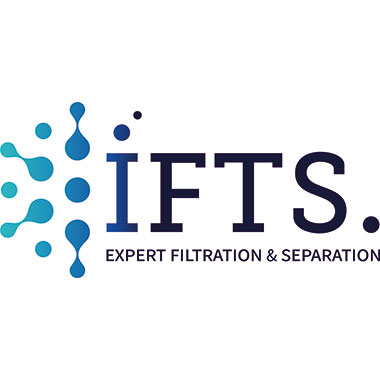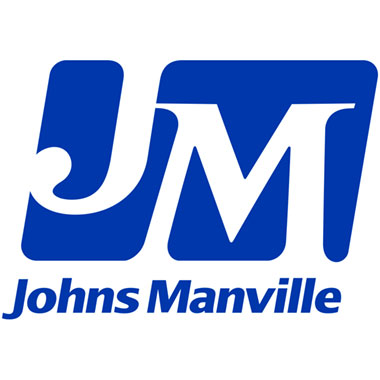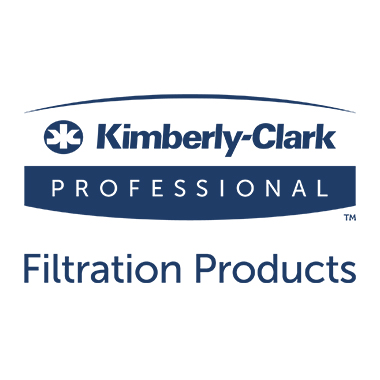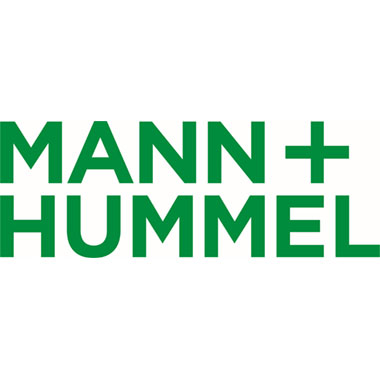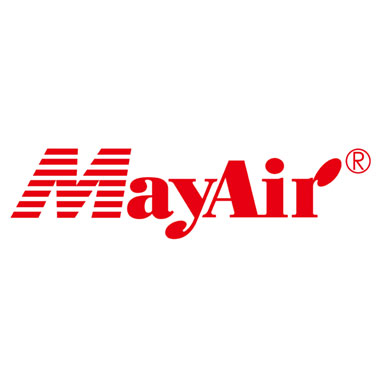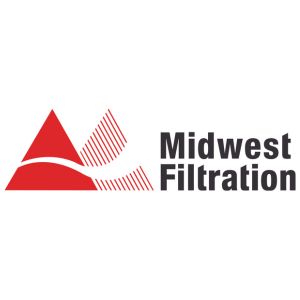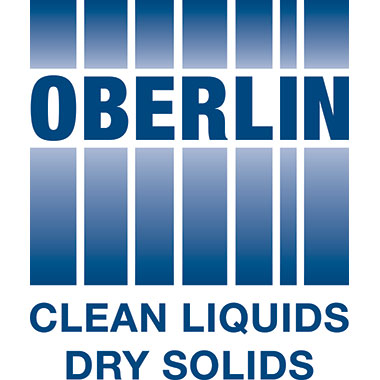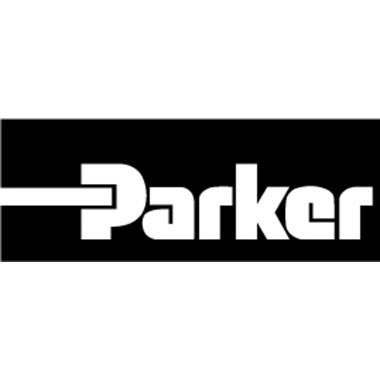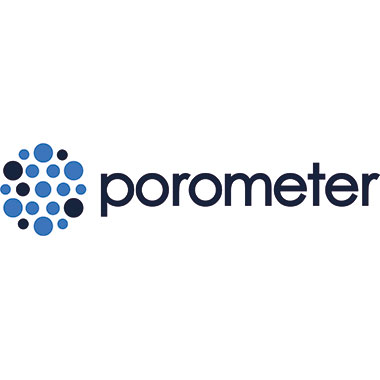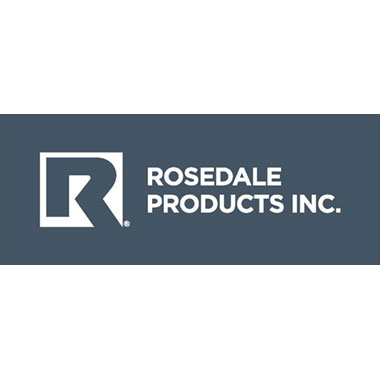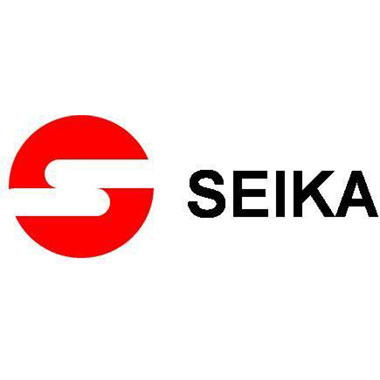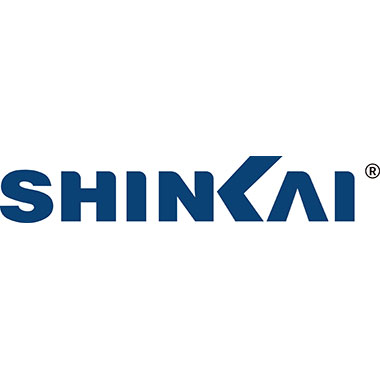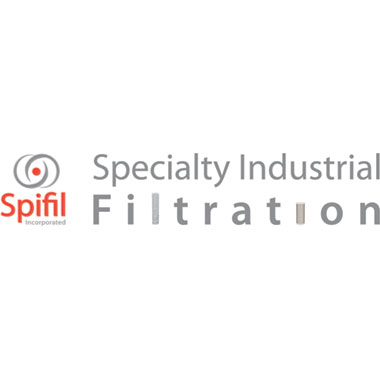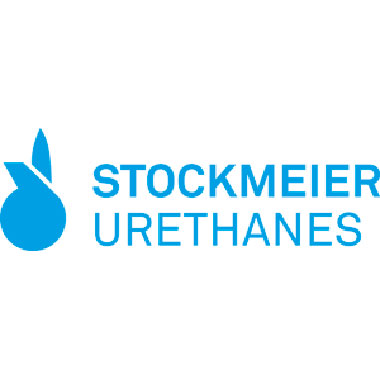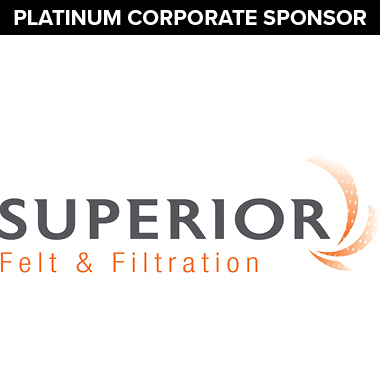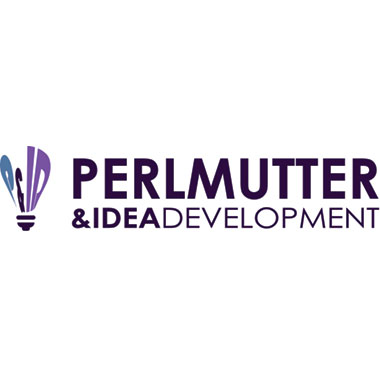Polymer filtration systems: Stop experimenting, start simulating
Guest blog by Paul Hulme, Business Development Manager, John Crane
Before the recent shifts in the global economy, the polymer industry had been expected to grow with a CAGR of 3.9% over the period 2015-2020. The demand for polymers is driven by growth in multiple end use markets, such as packaging, automotive, infrastructure, transport and telecommunication, and mainly from emerging economies. Polymer is continuously substituting metals, glass, paper and other traditional materials in various applications due to its light weight and strength, design flexibility and low cost.
There is a dilemma at the heart of this growth, however. Wage costs continue to rise, and the workforce is aging. The plastics industry is therefore investing heavily in automation – and with success. Automation typically improves reliability when managing production and assembly processes. The use of robots results in a faster, more accurate and more agile production process, which in turn leads to an increased production output and more efficiency. But with increased automation, the focus on process reliability is increased further too – both dependability of equipment and production quality.
In the commercial production of plastics, elastomers, man-made fibres, adhesives and surface coatings, a tremendous variety of polymers are used, but the production of plastic materials is nearly always carried out via a liquid. This may be a melt or a solution of monomers and polymers in water or organic solvents. However, the polymer filtration systems used in their manufacture are often not fully optimized for the process they serve. Significant process improvement can be made routinely, because in-situ systems are the worse for wear, outdated or re-purposed from other processes, even to the extent of re-purposed water filter systems on polymer processes. Despite this, the decision to reduce capacity (or stop production) for speculative upgrade reasons is still a difficult one to make, and plant managers are reluctant to ‘fix lines that ain’t broke’ for the promise of increased efficiency.
Consequently, when we talk to our polymer filtration customers, the first discussion is frequently around the possibility of accurate simulations that eliminate unnecessary process downtime for trials and take the risk out of optimizing polymer filtration process performance.
The ‘Seebach’ custom computational flow dynamic (CFD) analysis is unique in the fact that CFD for filtration of non-Newtonian fluids is not commercially available. Our simulation software includes a database of over 600 filter medias. The knowledge and understanding of the functionality of all these medias, and how they interact with a polymer during filtration is paramount in the CFD simulation accuracy.
JANUS filtration systems, use both candle & leaf disc elements
Duplex filtration systems for continuous processing
Modelling hydraulic conditions within a filter becomes more complex if the fluid to be filtered is Non-Newtonian. As a Newtonian fluid exhibits linear viscous behaviour, its viscosity (η) is only temperature dependent and is defined as ratio of the appearing shear stress (τ) and the shear velocity (γ).
τ = η ⋅ γ
Typical Newtonian fluids are water, diluted, aqueous solutions and gases. In contrast, solutions of very large molecules like polymers or surfactants, polymer melts, adhesives and a large variety of dispersions from different industries exhibit Non-Newtonian behavior.
Seebach flow simulations are increasingly used by the polymer industry to identify the root cause of filtration problems and in the development of the filter solutions. We have extensive experience in the simulation of fluid and media characteristics, and using the simulation process, we can optimize existing systems or design new systems optimized for specific applications.
As a result, we are able to provide the following data:
– Expected Start pressure loss
– Velocity profile within the filter
– Shear stress and viscosity profiles
– In case of a temperature-dependent simulation: temperature gradient
To simulate your process filtration, all we require is the following data:
– Drawings (preferred 3D models) of existing filtration system
– Information on flow rate, temperature conditions, desired filtration rating and filtration
– Fluid data (density, viscosity curves, temperature transition coefficient, etc.)
About the author
Paul Hulme is Business Development Manager with John Crane and has a special focus in polymer melt filtration. Paul has more than 20 years of experience in the industry, including previous roles for Bekaert Fiber Technologies & Bekaert Advanced Filtration, Porvair and Balston Filters. Paul attended Leigh College, Manchester Metropolitan University and The Chartered Institute of Marketing and holds degrees in Mechanical Engineering and Marketing. If you would like to discuss any application questions with our team of filtration experts or find out how our products can increase your process efficiency, contact Paul at [email protected].
John Crane is a Corporate Sponsor of AFS.


